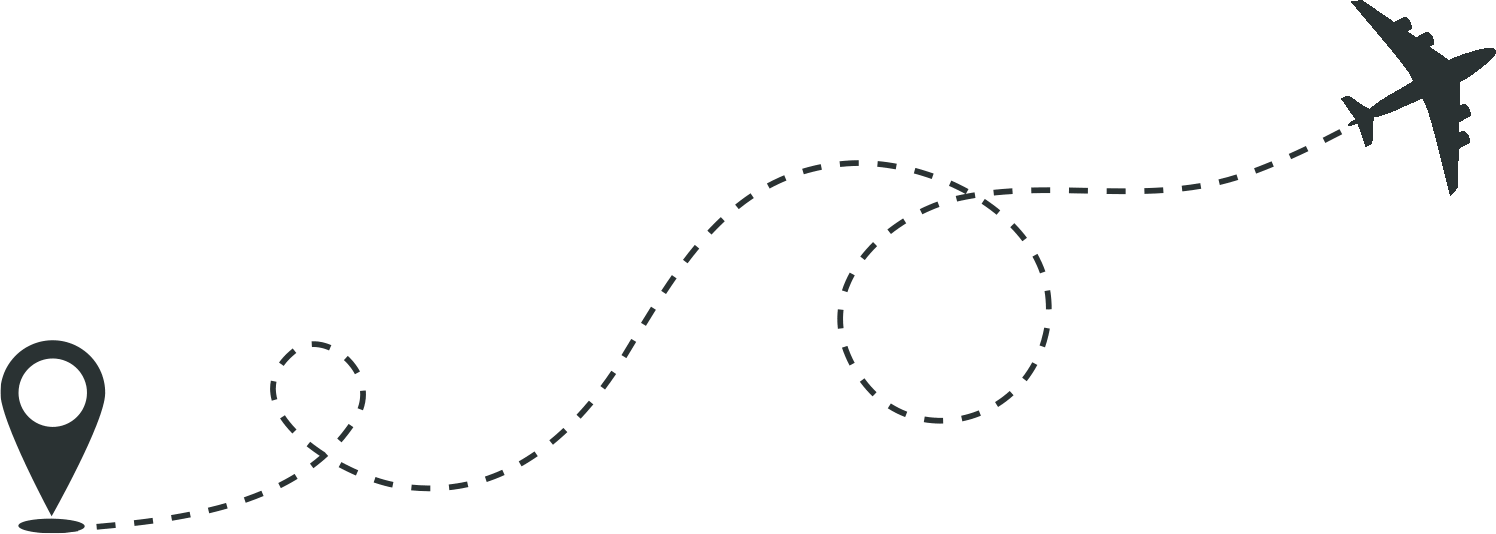What to Look for in a Professional Corporate Office Designer
Wednesday, 19 February 2025 | india
Designing a corporate office is no small task. It’s more than just arranging desks and chairs; it’s about creating an environment that fosters productivity, collaboration, and employee well-being. A well-designed office can elevate your brand, improve employee satisfaction, and leave a lasting impression on clients. To achieve this, hiring a professional corporate office designer is essential. But with so many designers available, how do you choose the right one? Here are the key factors to consider when selecting a professional office designer for your corporate space.
1. Experience and Expertise
When it comes to corporate office design, experience matters. Look for a designer or firm that specializes in commercial spaces rather than residential projects. A seasoned designer will have a portfolio showcasing their ability to create functional, aesthetically pleasing office environments.
Experience also means they’re familiar with common challenges in corporate design, such as maximizing space efficiency, adhering to building codes, and incorporating advanced technology. An experienced designer will know how to balance these aspects while delivering a creative and personalized solution for your office.
2. Understanding of Your Brand and Goals
Your office should reflect your company’s culture and values. A professional designer should take the time to understand your brand, mission, and goals. Do you want to project an image of innovation, tradition, or creativity? Your office space should convey these qualities to employees, clients, and visitors alike.
Ask potential designers how they plan to incorporate your brand identity into the design. For example, a tech company might prioritize open, collaborative spaces with cutting-edge technology, while a law firm might focus on a more formal and private layout.
3. Strong Communication Skills
Designing an office is a collaborative process. The right designer should be an excellent communicator, willing to listen to your ideas and concerns while offering professional advice. They should keep you informed throughout the project, providing updates and seeking feedback to ensure the final design meets your expectations.
Pay attention to how well the designer communicates during your initial meetings. Are they attentive and responsive? Do they explain their ideas clearly? Effective communication is essential for a smooth design process.
4. Innovative Thinking and Problem-Solving Abilities
Every office space presents unique challenges, whether it’s an irregular floor plan, limited square footage, or strict building regulations. A skilled designer will approach these obstacles with creativity and resourcefulness, finding innovative solutions that enhance the space rather than limit it.
Look for a designer who can think outside the box. Ask them about past projects where they overcame significant design challenges. Their ability to adapt and innovate can make all the difference in creating an exceptional office environment.
5. Knowledge of Ergonomics and Employee Wellness
A productive office is one that prioritizes the comfort and well-being of its employees. Modern office design goes beyond aesthetics to focus on ergonomics, lighting, air quality, and acoustics. A professional designer should be knowledgeable about these factors and incorporate them into their plans.
For example, they might recommend adjustable desks, ergonomic chairs, and strategically placed lighting to reduce eye strain. They may also design spaces that promote movement, such as standing meeting areas or walking paths, to combat the negative effects of prolonged sitting.
6. Sustainability and Environmental Considerations
Sustainability is becoming increasingly important in corporate design. An eco-friendly office not only reduces your company’s environmental impact but can also lower operating costs and enhance your brand’s reputation.
Ask potential designers about their approach to sustainability. Do they prioritize energy-efficient lighting, recycled materials, or green building certifications such as LEED? A designer with expertise in sustainable practices can help you create an environmentally responsible workspace.
7. Portfolio and Client Testimonials
A designer’s portfolio is one of the best indicators of their capabilities. Review their previous projects to assess their style, attention to detail, and ability to create diverse office environments. Look for designs that align with your vision, but also consider whether the designer can adapt to different industries and aesthetics.
Client testimonials and reviews can provide additional insights into the designer’s professionalism and reliability. Look for feedback that highlights their ability to meet deadlines, stay within budget, and deliver high-quality results.
8. Budget Transparency and Financial Planning
Corporate office design can be a significant investment, so it’s crucial to establish a clear budget from the outset. A professional designer should provide a detailed cost estimate and be transparent about any potential additional expenses.
During initial discussions, ask how they plan to manage the project’s budget. Will they prioritize cost-effective solutions without compromising quality? A reliable designer will work within your financial constraints while maximizing value.
Conclusion
Hiring the right professional corporate office designer is a critical step in creating a workspace that enhances productivity, reflects your brand, and supports employee well-being. By considering factors such as experience, communication skills, innovation, and sustainability, you can find a designer who aligns with your vision and delivers exceptional results.
Remember, your office is more than just a place to work—it’s a representation of your company’s identity and values. Investing in a skilled designer ensures that your corporate space becomes a powerful tool for success.
Related Articles
articles that we think you will love
DumpsBoss NCSC-Level-1 Study Guide for Surefire Exam Pass
Tuesday, 31 December 2024
DumpsBoss NCM-MCI Exam Dumps Confidence Through Preparation
Tuesday, 31 December 2024
Join the Conversation
Be part of the community Discussion







